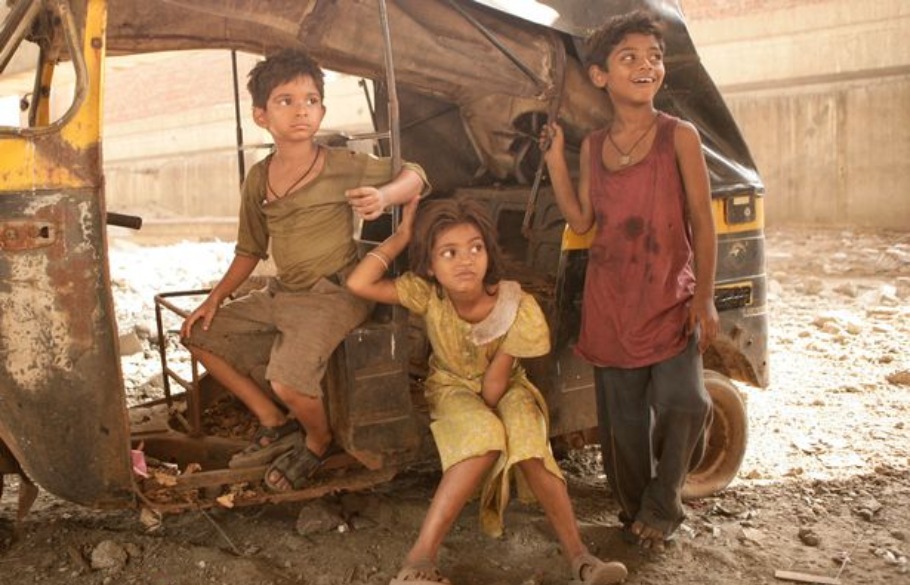
On films and global political discourse, the paradox that is India
The image of India that is usually painted for the international audience, either by filmmakers or politicians is quite a paradoxical one.

The image of India that is usually painted for the international audience, either by filmmakers or politicians is quite a paradoxical one. While filmmakers zoom in to the squalid, poor side of the country, politicians attempt to whitewash it with pictures and stories of resourcefulness.
A classic example of the former was the Ahmedabad district administration’s decision to construct a wall to shield slums from the purview of US president Donald Trump’s convoy during his roadshow on Monday (February 24).
Films like Academy-awarded Slumdog Millionaire and others which were nominated for the award like Mother India (1957), Salaam Bombay (1988) and Lagan (2001) on the other hand depict the poverty-stricken side of India.
Juxtaposing sides
These films not only highlight the struggles of underprivileged individuals but also put forth the prevailing social issues. These stories are of rebellion against the impotency of the system to provide a suitable life to certain sections of society. It is more of an art form trying to give voice to the unheard. These stories have won many critical acclaims as well as international accolades over the period of a few decades.
Related news: Great friend Modi: Trump signs Sabarmati guest book, spins charkha
But when it comes to political diplomacy, this brutal honesty could be dangerous for the image of the country in the global landscape. Thus, there is always an emphasis on creating a special ‘window’ to look at India. Here ‘resourcefulness’ is what is always emphasised by politicians in order to paint a prosperous picture of the country and invite foreign trade. This has actually helped the nation to attract around 62 billion USD of foreign investments only in 2018-19 which will boost the overhaul of India’s infrastructure development.
Is the common man really important?
A stark difference is also seen in the portrayal of the common man in political discourse and films. Take the instance of Prime Minister Modi’s speech in Israeli city Tel Aviv. Glorifying the importance of each person in the 800 million ‘young people’ of the country, Modi said, “India is a very old civilisation but a young nation. There are 800 million people are below 35 years age group, Talented and skilled youth of India are also its driving force. They propel my vision to transform India.”
However, the common man played by veteran actor Naseeruddin Shah in the film The Wednesday defines the common man as a person who often gets lost in the crowd. “Bheed toh dekhi hogi na aapne, usme se koi ek shakl chunn lo woh main hu! I’m just (a) stupid common man wanting to clean his house!” (You must have seen the crowd, choose any of the face from that crowd. I’m that person). This in a way represents the irrelevance of an individual in a city of 20 million people.
Related news: Trump and Modi: Commonalities that have forged their camaraderie
Thus, both the fraternities seem to have achieved their desired goals during the course of seventy years post-independence. But if one has to ask, who represents the True nature of India? The question still remains unanswered.


